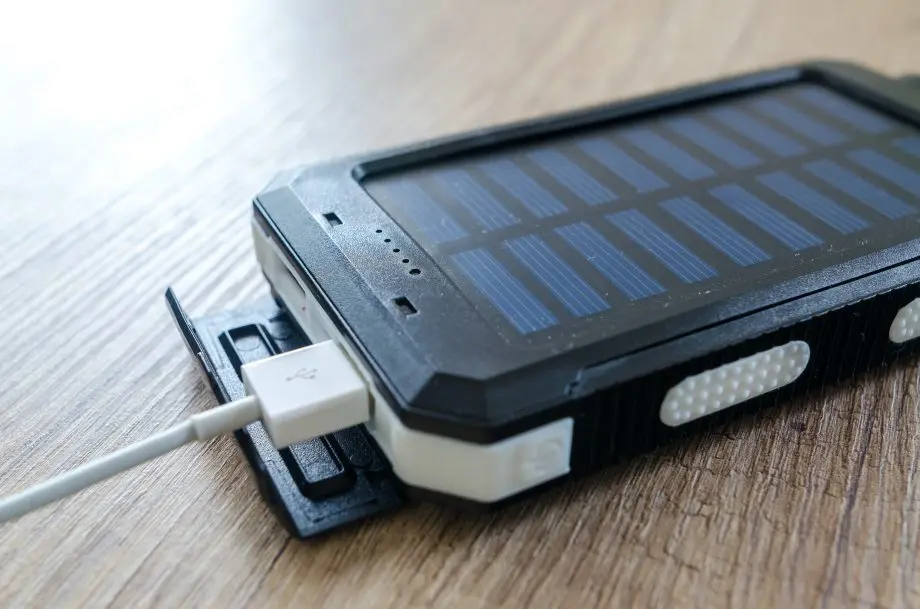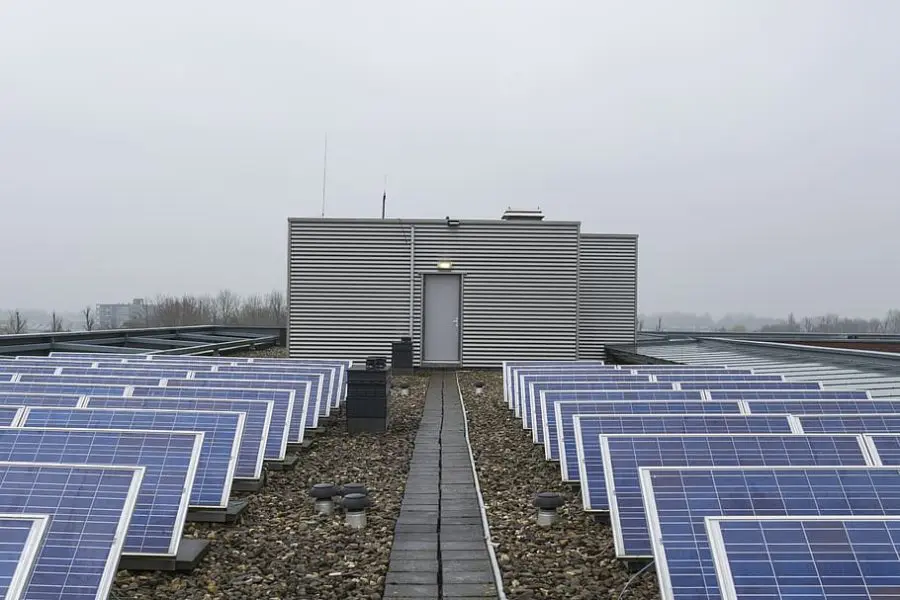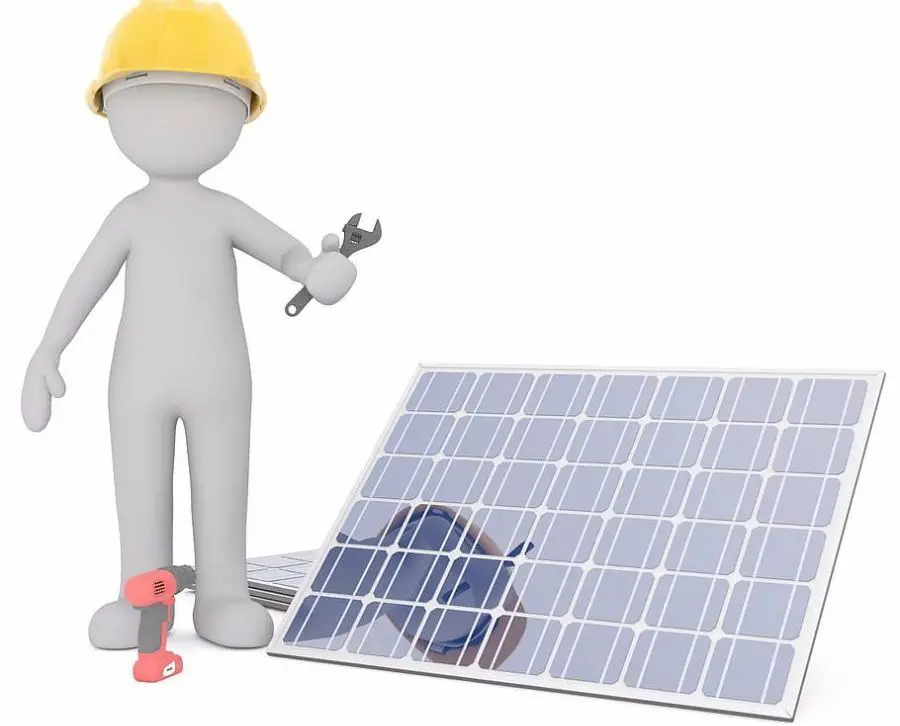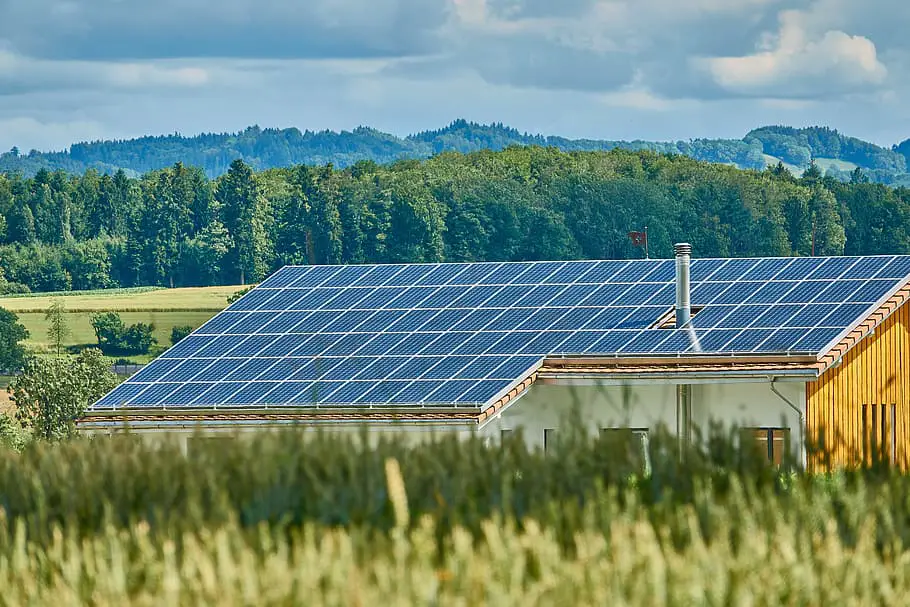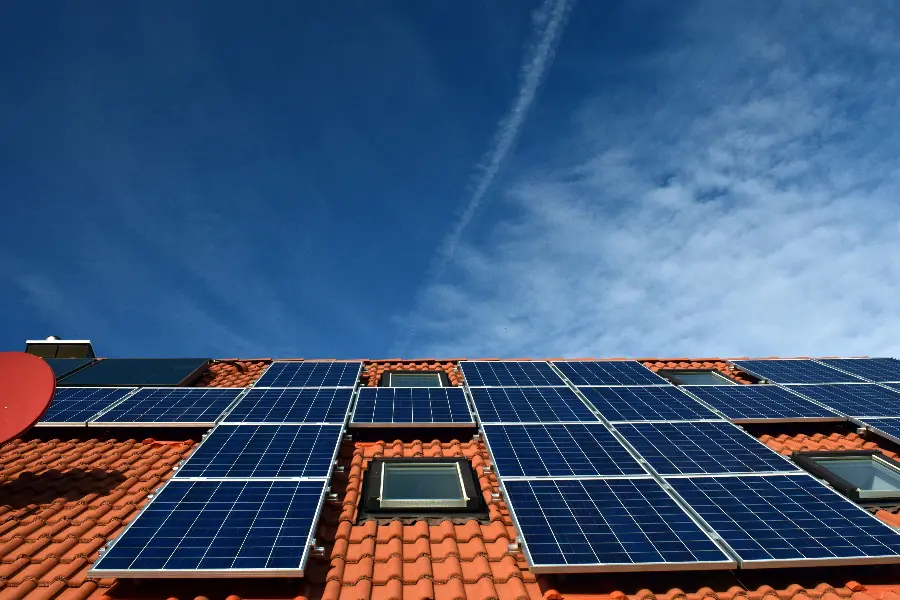
Discover how the impact of solar power on electricity bills can lead to significant savings. Dive into our friendly guide for insights on solar energy benefits!
Ever wondered about the impact of solar power on electricity bills? Well, you’re in the right place!
As more households turn to renewable energy, it’s time we shed some light on how harnessing the sun’s power can significantly shrink your electricity bills.
So, let’s dive in and explore the sunny side of solar power and its potential to transform your energy expenses!
The Impact of Solar Power on Electricity Bills
Welcome to our deep dive into the world of solar power and its influence on electricity bills.
If you’ve ever found yourself pondering the real impact of solar power on your monthly expenses, you’re about to get some answers.
In this comprehensive guide, we’ll explore everything from the basics of solar power, its cost, efficiency factors, and even how to estimate the electricity a solar panel can produce.
We’ve also included a handy FAQ section to address those burning questions you might have.
So, buckle up and get ready for an enlightening journey into the realm of solar power!
Brief Overview of Solar Power
Solar power, in its simplest form, is energy from the sun that’s converted into thermal or electrical energy.
It’s the cleanest and most abundant renewable energy source available.
The process begins with solar panels, which are made up of tiny cells. These cells contain a material that converts sunlight into electricity.
It’s a fascinating process, really. When sunlight hits the cells, it knocks electrons loose from their atoms.
When these electrons flow through the cell, they generate electricity. This is known as the photovoltaic effect. It’s a bit like magic, but it’s science!
Importance of Solar Power in the Context of Electricity Bills
Now, let’s talk about why solar power is such a big deal when it comes to your electricity bills.
Traditional electricity relies heavily on fossil fuels such as coal and natural gas.
These sources are not just harmful to our planet, but they’re also getting more expensive.
As these resources become more scarce, the cost to extract and use them increases.
On the other hand, the sun showers us with a potential energy supply each day that’s virtually limitless (and free!).
By harnessing this power, we can significantly reduce our dependence on traditional energy sources, which translates to lower electricity bills.
Plus, with solar power, your electricity price can become more predictable.
Instead of being subject to the ups and downs of energy costs, you can lock in low, stable rates for the electricity your solar panels produce.
It’s a win-win situation for both your wallet and the environment!
Understanding Solar Power
Ready to become a solar power whiz? In this section, we’re going to delve into the heart of solar power.
We’ll demystify what solar power is and how it works, transforming this seemingly complex concept into something you can chat about at your next dinner party.
So, let’s roll up our sleeves and get to know solar power a little better!
What is Solar Power?
Solar power, in essence, is energy that we harness from the sun. Now, you might be thinking, That’s great, but how does that help me power my home?
Well, the sun is like a giant nuclear reactor that releases packets of energy known as photons.
These photons travel 93 million miles from the sun to Earth in about 8.5 minutes.
Every hour, enough photons impact our planet to theoretically satisfy global energy needs for an entire year. Now, that’s a lot of power!
How Does Solar Power Work?
So, how do we tap into this abundant source of energy? The answer lies in solar panels.
Solar panels are made up of smaller units called solar cells, which contain a semiconductor material (usually silicon).
When sunlight hits a solar cell, it excites the electrons in the semiconductor material.
This excitement creates an electric current, which can be harnessed and used to power anything from a single lightbulb to an entire home.
The electricity generated by solar panels is in the form of direct current (DC).
However, most homes use alternating current (AC). That’s where a device called an inverter comes in.
The inverter converts the DC electricity from the panels into AC electricity that your home can use.
And voila! That’s how solar power works.
It’s a simple, clean, and efficient way to power your home, all while reducing your electricity bills and contributing to a healthier planet.
Solar Power and Electricity Bills

Have you ever opened your electricity bill and been shocked by the amount due? We’ve all been there.
But what if there was a way to significantly reduce that number, month after month?
That’s where solar power comes into play. In this section, we’re going to explore the real impact of solar power on electricity bills.
We’ll look at how solar power can lead to substantial savings and discuss the factors that affect the amount of electricity a solar panel can produce.
We’ll even share some real-life examples of the savings solar power can bring.
So, let’s dive in and see how solar power can make those shocking electricity bills a thing of the past!
How Solar Power Reduces Electricity Bills
Solar power can significantly reduce your electricity bills in a couple of ways.
First, by generating your own electricity with solar panels, you reduce the amount of electricity you need to buy from your utility company.
This can lead to substantial savings, especially during those hot summer months when air conditioners are running full blast.
Second, many states have net metering policies in place. Net metering allows you to sell any excess electricity your solar panels generate back to the grid.
So, not only are you reducing your electricity bill, but you could also be getting a credit on your bill or even a check in the mail.
It’s like having your own little power plant on your roof!
Factors Affecting the Amount of Electricity a Solar Panel Can Produce
Several factors can affect how much electricity your solar panels produce.
These include the amount of sunlight your location receives, the size and angle of your roof, the efficiency of your solar panels, and even the temperature.
For instance, solar panels are more efficient in cooler temperatures.
Also, the more direct sunlight your panels receive, the more electricity they can produce.
That’s why the angle and orientation of your panels are crucial. In the northern hemisphere, panels should typically face south for maximum sunlight exposure.
Case Studies or Examples of Savings from Solar Power
There are countless examples of homeowners saving big with solar power.
For instance, a recent study from the Rocky Mountain Institute showed that a typical home in Westchester County, New York, could see its monthly electric bill drop from $350 to $260 or less by installing solar panels and battery storage.
Another example is a family in Colorado who installed a 5 kW solar panel system on their home.
They were able to reduce their annual electricity bill by about 50%, saving them over $800 in the first year alone.
These are just a couple of examples, but the savings can be substantial, especially when you consider the long-term benefits of solar power.
The Cost of Solar Power

Let’s talk about money. We’ve discussed the savings that solar power can bring to your electricity bills, but what about the cost of going solar?
It’s a valid question and one that deserves a thorough answer. In this section, we’ll break down the costs associated with solar power, including the initial investment, maintenance costs, and the return on investment you can expect.
So, let’s pull back the curtain and take a closer look at the financial side of solar power!
Initial Investment and Installation Costs
The initial cost of going solar includes the price of the solar panels, the inverter, wiring, and installation.
While this might sound like a hefty investment, it’s important to remember that the cost of solar panels has dropped significantly over the past decade.
Plus, there are numerous financing options available, including solar leases and power purchase agreements, which can make going solar more affordable.
In addition, many states offer incentives and rebates for installing solar panels, and there’s also a federal solar tax credit that can offset a portion of the cost.
So, while the initial investment might seem high, these factors can make solar power more affordable than you might think.
Maintenance Costs
One of the great things about solar panels is that they require very little maintenance.
Once installed, they can last for 25 years or more. The most common maintenance task is cleaning the panels occasionally to ensure they’re operating at maximum efficiency.
However, in most climates, rainfall is sufficient to keep the panels clean.
Other potential maintenance costs could include inverter replacement (inverters typically last 10-15 years) and general system checks to ensure everything is working correctly.
However, these costs are usually minimal compared to the savings you’ll see on your electricity bills.
Return on Investment
The return on investment (ROI) from solar panels comes from the savings on your electricity bills.
The exact ROI will depend on several factors, including the cost of electricity in your area, the size of your solar system, and the amount of sunlight your location receives.
However, most homeowners find that their solar panels pay for themselves in savings within 7 to 12 years.
After that, the electricity your panels generate is essentially free!
Plus, if you generate more electricity than you use, you could earn money back from your utility company through net metering.
In conclusion, while there are costs associated with going solar, the potential savings and ROI make it a smart investment for many homeowners.
Factors Affecting Solar Power Efficiency
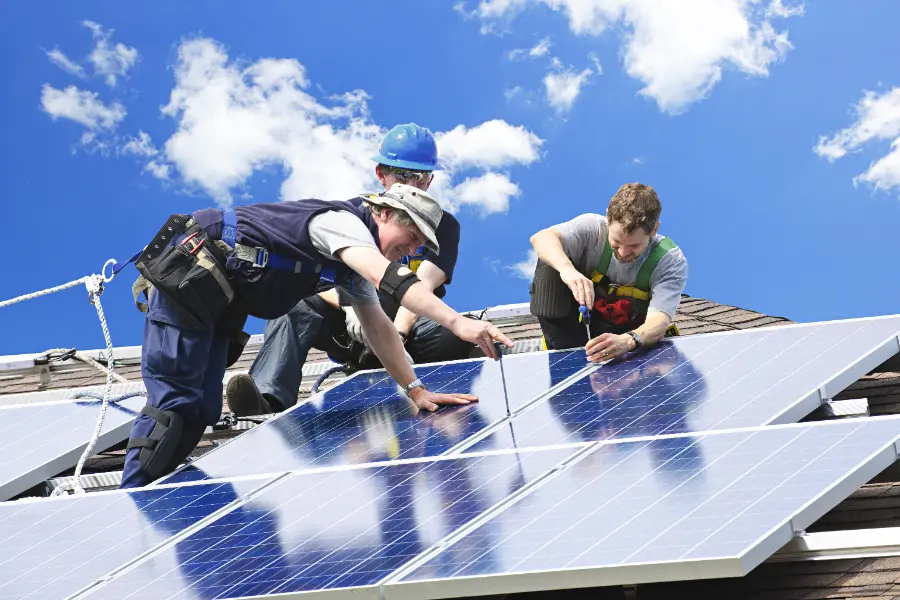
Ever wondered why some solar panels seem to perform better than others?
Or why your neighbor’s solar power system seems to generate more electricity than yours, even though you have the same number of panels?
The answer lies in solar power efficiency. In this section, we’ll explore the various factors that can affect how efficiently your solar panels convert sunlight into electricity.
From the amount of sunlight your panels receive to the characteristics of your roof, let’s uncover the secrets of solar power efficiency!
Amount of Sunlight
The amount of sunlight your solar panels receive is one of the most significant factors affecting their efficiency.
More sunlight means more energy for your panels to convert into electricity.
This is why solar panels are often less effective in areas with less sunlight or during certain times of the year.
It’s also why the placement of your panels is so important. Ideally, they should be positioned to receive maximum sunlight throughout the day.
Solar Panel Characteristics
Not all solar panels are created equal. Different panels can have different efficiency levels based on their characteristics.
For instance, monocrystalline panels, which are made from a single crystal structure, tend to be more efficient (but also more expensive) than polycrystalline panels, which are made from multiple crystal structures.
The quality of the materials used and the technology employed in the panel can also affect its efficiency.
Roof Characteristics
The characteristics of your roof can also play a role in solar power efficiency.
The angle and orientation of your roof can affect how much sunlight your panels receive. As mentioned earlier, in the northern hemisphere, panels should typically face south for maximum sunlight exposure.
The material and color of your roof can also affect how much heat is absorbed and reflected, which can impact panel efficiency.
Solar Panel Age
Like most things, solar panels can become less efficient over time. However, the good news is that this degradation is usually very slow.
Most solar panels are guaranteed to be at least 80% efficient even after 25 years of use.
Regular maintenance and cleaning can also help keep your panels working as efficiently as possible throughout their lifespan.
How to Determine the Amount of Electricity a Solar Panel Can Produce
Have you ever looked at a solar panel and wondered, ‘Just how much electricity can this thing produce?’
It’s a great question and one that can help you understand the potential savings you could see on your electricity bills.
In this section, we’re going to explore how to determine the amount of electricity a solar panel can produce.
We’ll look at factors like the wattage of the panel and the peak sun hours in your area.
So, let’s get started and demystify the power potential of solar panels!
The wattage of the Panel
The wattage of a solar panel refers to the amount of electricity the panel can produce under ideal sunlight and temperature conditions.
This is often the first thing people look at when comparing solar panels.
Higher-wattage panels can produce more electricity, but they’re also typically larger and more expensive.
It’s important to note that the wattage listed on the panel is the maximum output.
The actual amount of electricity your panel will produce can be affected by a variety of factors, including the amount of sunlight it receives and the temperature.
Peak Sun Hours in Your Area
Peak sun hours refer to the number of hours in a day when solar irradiance averages 1,000 watts per square meter.
In simpler terms, it’s the amount of time each day when the sun is strong enough to be efficiently converted into electricity by your solar panels.
The number of peak sun hours can vary greatly depending on your location and the time of year.
For instance, a location closer to the equator might have more peak sun hours than a location closer to the poles.
Similarly, you’ll typically have more peak sun hours in the summer than in the winter.
By understanding the wattage of your panel and the peak sun hours in your area, you can get a good estimate of how much electricity a solar panel can produce.
This can help you plan your solar installation and calculate potential savings on your electricity bills.
Government Incentives and Solar Power
Who doesn’t love a good incentive? Especially when it comes to making the switch to clean energy.
In this section, we’ll explore the various government incentives available for installing a solar energy system.
From federal tax credits to local utility company rebates, let’s dive into how these incentives can make solar power even more affordable.
Federal Solar Tax Credits
The federal government offers a significant tax credit for solar panel installation.
Known as the Investment Tax Credit (ITC), it allows you to deduct a portion of the cost of your solar energy system from your federal taxes.
This can significantly reduce the upfront costs of going solar, making it an even more attractive investment.
State and Local Incentives
In addition to federal incentives, many states and local governments offer their own incentives for solar power.
These can include additional tax credits, rebates, and even grants.
Some utility companies also offer incentives, such as discounted rates or net metering programs, which allow you to sell excess power back to the grid.
Utility Company Rebates
Many utility companies offer rebates for installing a solar energy system.
These rebates can significantly reduce the cost of your system, making solar power even more affordable.
Be sure to check with your local utility company to see what incentives they offer.
The Environmental Impact of Solar Power
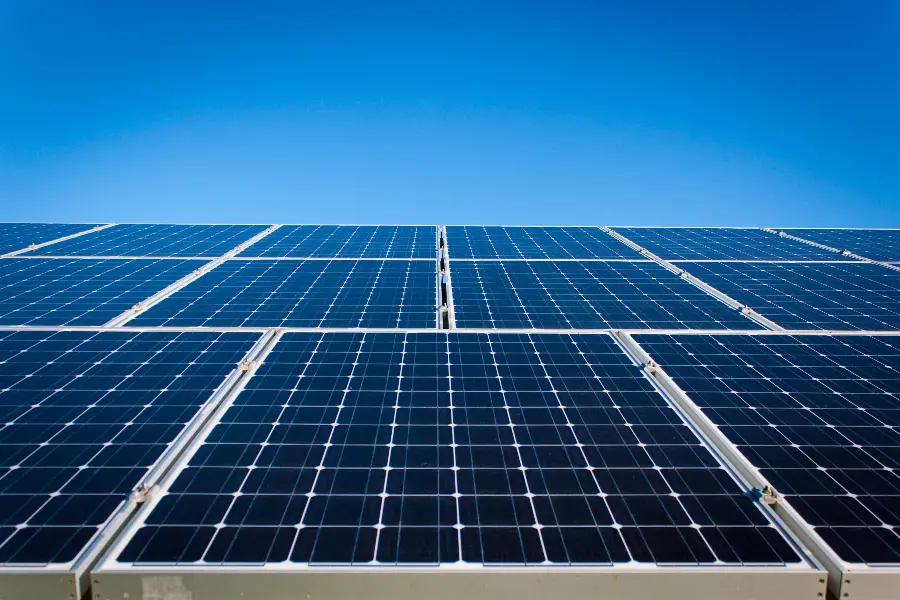
Beyond the savings on utility bills, there’s another compelling reason to consider solar power: its environmental benefits.
In this section, we’ll delve into how switching to a solar energy system can reduce your carbon footprint, contribute to the fight against climate change, and lead us toward a more sustainable future.
Reduction in Carbon Emissions
Solar power is a clean, renewable source of energy that produces no carbon emissions.
By switching to solar power, you can significantly reduce your carbon footprint, helping to combat climate change.
In fact, the National Renewable Energy Laboratory estimates that the average residential solar panel system can reduce carbon emissions by three to four tons per year.
Contribution to Reducing Greenhouse Gas Emissions
In addition to reducing carbon emissions, solar power also contributes to a reduction in overall greenhouse gas emissions.
By replacing traditional energy sources like coal and natural gas, which produce a large amount of greenhouse gases, with solar power, we can help to slow the rate of global warming.
Solar Power and the Path to a Sustainable Future
Solar power is a key part of a sustainable future. By reducing our reliance on fossil fuels and embracing renewable energy sources like solar power, we can create a more sustainable and environmentally friendly energy system.
Solar Power Solutions for Renters
Think solar power is only for homeowners? Think again!
In this section, we’ll explore the growing market for solar power solutions for renters.
From community solar projects to portable solar devices, we’ll discuss how you can reap the benefits of solar energy, no matter where you live.
Community Solar Projects
Community solar projects are a great option for renters who want to go solar.
These projects allow multiple people to benefit from a single, large-scale solar array.
You can buy or lease a portion of this array and receive credit on your electricity bill for the power it produces.
Portable Solar Devices
Portable solar devices, such as solar-powered chargers and solar-powered lights, can also be a great option for renters.
These devices allow you to take advantage of solar power without having to install anything on your property.
Working with Your Landlord or Property Manager for Solar Solutions
If you’re interested in a larger solar energy system, consider talking to your landlord or property manager.
They may be willing to install a system on the property, especially if they understand the potential savings and property value increase that can come with solar power.
In some cases, they may even be able to take advantage of incentives and rebates that can offset the cost of installation.
Remember, going solar is not just for homeowners. With the right approach and a little creativity, renters can also enjoy the benefits of solar power, from lower electricity bills to a reduced carbon footprint.
Impact of Solar Power on Electricity Bills FAQs
Got questions about solar power? You’re not alone. In this section, we’re going to tackle some of the most frequently asked questions about solar power and its impact on electricity bills.
From understanding how solar energy impacts costs to exploring the disadvantages of solar energy, we’ve got you covered.
So, let’s dive into these FAQs and clear up some of the common queries about solar power!
Q: How does solar energy impact electricity costs?
A: Solar energy can significantly reduce electricity costs. By generating your own electricity with solar panels, you reduce the amount of electricity you need to buy from your utility company.
Plus, if your system produces more electricity than you use, you could even sell the excess back to the grid and earn a credit on your bill or even a check in the mail.
Q: Do solar panels decrease electricity bills?
A: Yes, solar panels can decrease electricity bills. The exact amount of savings will depend on several factors, including the size of your solar system, the amount of sunlight your location receives, and the cost of electricity in your area.
However, many homeowners find that their solar panels can significantly reduce or even eliminate their electricity bills.
Q: What are 3 disadvantages of solar energy?
A: While solar energy has many benefits, there are a few potential disadvantages to consider.
First, the initial cost of installing a solar system can be high, although this can often be offset by long-term savings and various incentives and rebates.
Second, the amount of electricity your system can generate is dependent on the amount of sunlight your location receives, so solar might not be as effective in areas with less sunlight.
Third, solar panels do require some maintenance and can become less efficient over time, although the rate of degradation is usually very slow.
Q: What are the negative impacts of solar power energy?
A: While solar power is a clean and renewable source of energy, it’s not without its potential negative impacts.
The production of solar panels involves some environmental costs, including the use of raw materials and energy.
There’s also the issue of waste at the end of a panel’s life, although many components of a solar panel can be recycled.
Finally, the installation of large-scale solar farms can have an impact on local ecosystems if not properly managed.
However, when compared to traditional energy sources like coal and natural gas, the environmental impact of solar power is significantly less.
Impact of Solar Power on Electricity Bills Final Thoughts
As we wrap up, it’s clear to see that solar power has a significant impact on electricity bills, offering potential savings that can make a big difference for many households.
But the benefits of solar power extend beyond just financial savings.
From reducing our carbon emissions to moving towards a more sustainable future, solar power offers a host of environmental benefits that make it a compelling choice for our energy needs.
Whether you’re a homeowner or a renter, there are options available to you to harness the power of the sun.
With various government incentives and innovative solutions like community solar projects and portable solar devices, solar power is becoming more accessible to everyone.
As we look to the future, the prospects for solar power continue to shine brightly.
With ongoing advancements in solar technology and a growing recognition of the need for clean, renewable energy, it’s clear that solar power will continue to play a crucial role in our energy landscape.
So, whether you’re considering solar power for your home or business for the first time or you’re looking to expand your existing solar energy system, there’s never been a better time to embrace the power of the sun.
Here’s to a future powered by clean, renewable, and affordable solar energy!


